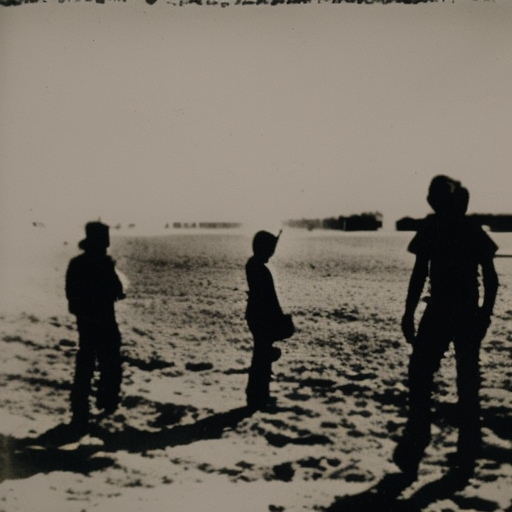Summary:
Die Wende, meaning “The Turn” in German, refers to the period of political and social change that took place in East Germany (German Democratic Republic) in 1989-1990, leading to the reunification of Germany. This transformative period was characterized by mass protests, the fall of the Berlin Wall, and the collapse of the communist regime.
Background:
The German Democratic Republic (GDR) was established in 1949 as a socialist state under Soviet influence. The GDR’s government, led by the Socialist Unity Party (SED), tightly controlled all aspects of life, including the economy, media, and political dissent. However, by the late 1980s, dissatisfaction with the regime had grown, fueled by economic stagnation, censorship, and the desire for political freedom.
Mass Protests:
In the summer and fall of 1989, mass protests erupted across East Germany. These demonstrations, initially sparked by environmental concerns and the desire for political reform, quickly grew in size and scope. Citizens demanded freedom of speech, free elections, and an end to the oppressive regime. The protests spread to major cities, including Leipzig, Dresden, and Berlin, attracting hundreds of thousands of participants.
The Fall of the Berlin Wall:
On November 9, 1989, the Berlin Wall, which had divided East and West Berlin since 1961, was unexpectedly opened. This historic event was the result of a miscommunication during a press conference, in which a government official mistakenly announced that travel restrictions would be lifted immediately. Thousands of East Germans flocked to the border crossings, and border guards, overwhelmed by the sheer number of people, eventually allowed them to pass. The fall of the Berlin Wall symbolized the end of the division between East and West Germany and became a powerful symbol of the reunification process.
Political Changes:
Following the fall of the Berlin Wall, the SED government faced mounting pressure to reform. In December 1989, the SED was forced to relinquish its monopoly on power, and a new coalition government, led by reformist politician Hans Modrow, was formed. Modrow’s government initiated a series of political and economic reforms, including the release of political prisoners and the dismantling of the Stasi, the GDR’s secret police.
Reunification:
In March 1990, the first free elections were held in East Germany, resulting in a landslide victory for parties advocating reunification with West Germany. Negotiations between East and West German leaders began, culminating in the signing of the Treaty on the Final Settlement with Respect to Germany in September 1990. This treaty paved the way for the reunification of Germany on October 3, 1990, when the GDR officially ceased to exist, and its territory was incorporated into the Federal Republic of Germany.
Legacy:
Die Wende marked a significant turning point in German history. It brought an end to the division of Germany and the Cold War era. However, the process of reunification also presented numerous challenges, including economic disparities between East and West Germany and the need to integrate former GDR citizens into the unified country. The legacy of Die Wende continues to shape German society and politics to this day.
In conclusion, Die Wende refers to the period of political and social change in East Germany that led to the reunification of Germany. The mass protests, fall of the Berlin Wall, and political reforms paved the way for the dissolution of the GDR and the incorporation of its territory into the Federal Republic of Germany. Die Wende remains a significant event in German history, symbolizing the end of division and the beginning of a new era.












